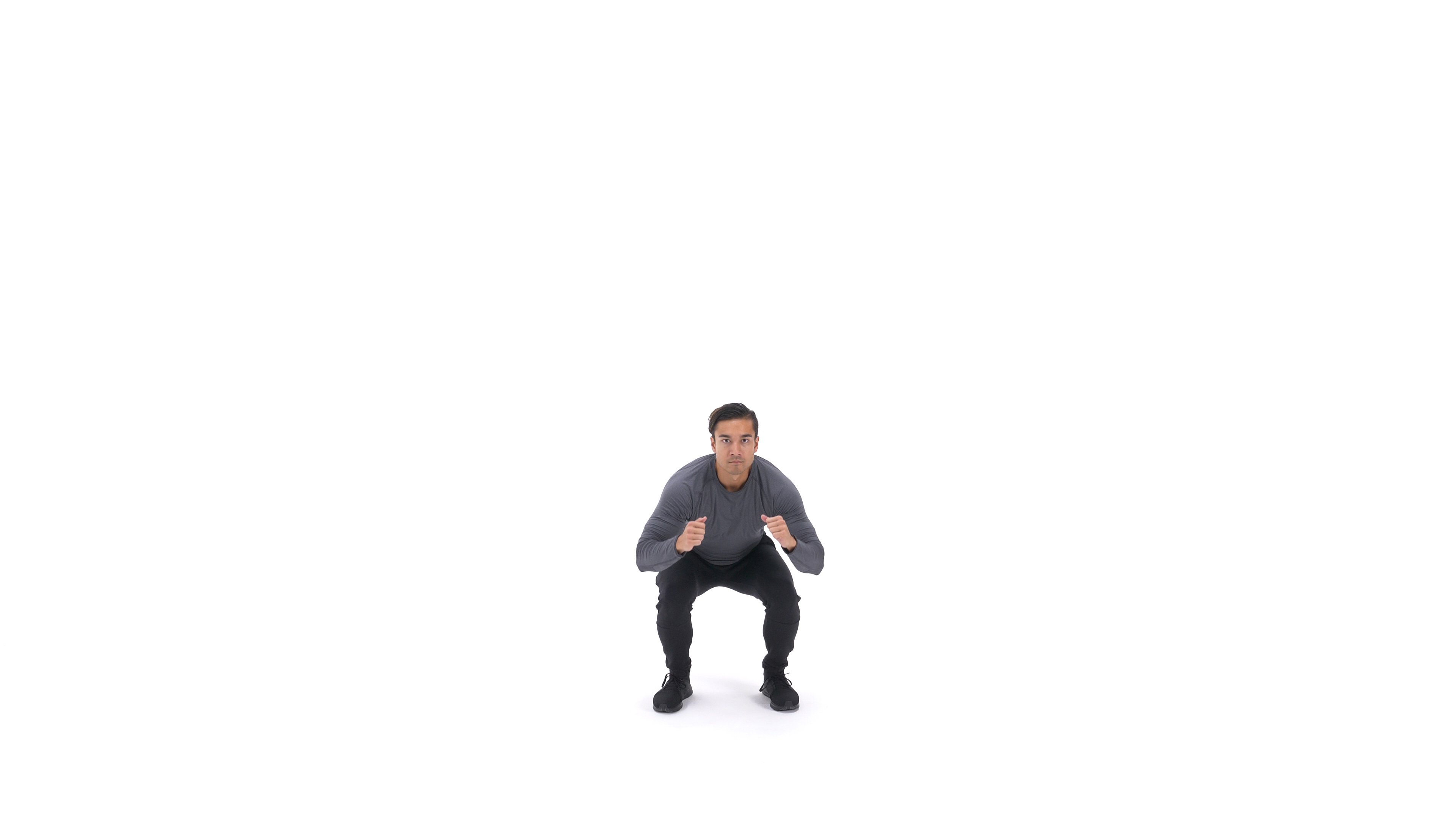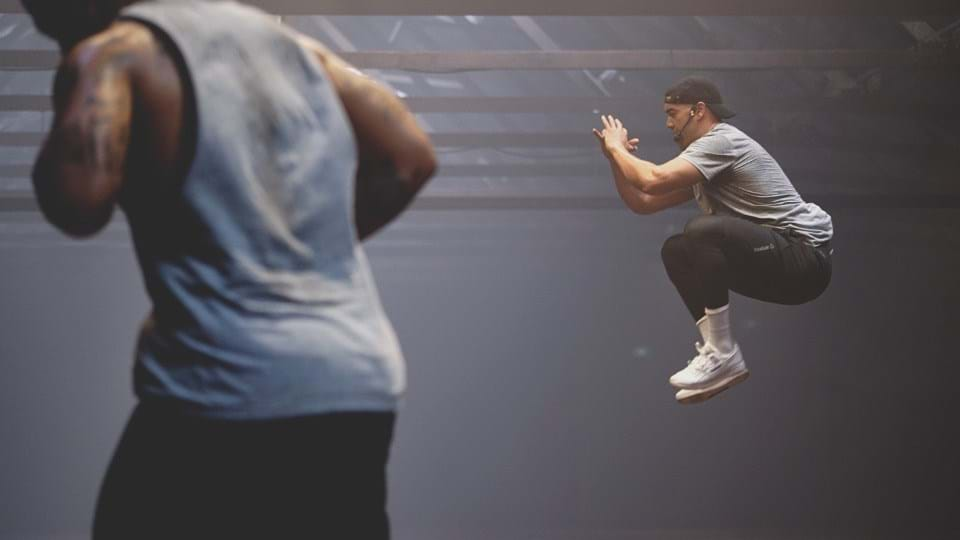

The flexor and extensor knee muscles play a vital role in controlling pressure while you ski your way down the slopes. Active sports like skiing help your body fight against aging and makes your muscles strong. Your ability to keep track of your muscles starts declining while you age and this is the main reason why your knees start feeling weaker over a passage of time as you grow older. The Flexor and Extensor Muscles of Your Knees Due to this weight shifting workout, your legs get stronger, preventing your body from various kinds of joint injuries. This strengthens your hips, back, and knees. When you do cross-country skiing, you shift your body weight from one side to the other.

This results in the dorsiflexors keeping your skins pressed into your ski boots. The plantar flexors are responsible for pointing your toes towards the ground whereas the dorsiflexors (that are more commonly used in skiing) are required to curl your toes towards your shins. The plantar flexor muscles and dorsiflexor muscles are part of your intrinsic muscles. The foot and ankle muscles take care of the rotational movements, the exerted pressure, as well as the edging while you do cross country skiing. Every time you put your skis on their edges, you perform eversion. The lateral compartment muscles control the control eversion that turns your foot’s sole in the outward direction. The muscles in the posterior compartment are in the calf region and they help in plantar flexion. These muscles assist skiers in dorsiflexion. The anterior compartment muscles are present in your shin. These muscles can be divided into three compartments: The extrinsic muscles, that play an important role in skiing, are in your lower leg. We will talk about the involvement of intrinsic muscles in skiing in the next section when we focus on the foot muscles. There are two main types of muscles in your feet – the intrinsic feet muscles and the extrinsic feet muscles. Skiing regularly takes care of your core muscles and keep them strong while maintaining your body’s ski-specific balance and active interactions between all associated muscles.

This is the reason why people who often ski have a stable torso, and do not have flailing arms while they ski. If your core is weak, you will be prone to frequent falling while traversing down the slope. The core muscles work together as a single muscular unit to maintain an upright body posture, stabilizing your spine and pelvis area, while navigating downhill. You also use your rectus abdominus to balance yourself while skiing – something that is of the utmost importance in this sport. The core muscles include the internal and external obliques, multifidus, and transverse abdominal muscles. Let us have a detailed look at the main muscles all cross-country skiers use: The Core

All of these movements and the sequence in which each set of muscles need to work are controlled by your central nervous system. At a moderate pace, you can burn around 475 calories per hour while enjoying cross country skiing.Ĭross country skiing demands multiple and constant interactions between your central nervous system and the muscles of your upper and lower body.Ī different set of muscles work together to perform the needed ski movements including balancing, rotational movements, edging movements, and exerting pressure. It involves different sets of muscles including biceps, triceps, pectorals, (upper and lower) back muscles, abdominals, obliques, quads, hamstrings, gluteal, calf muscles, leg abductors, and adductors.


 0 kommentar(er)
0 kommentar(er)
